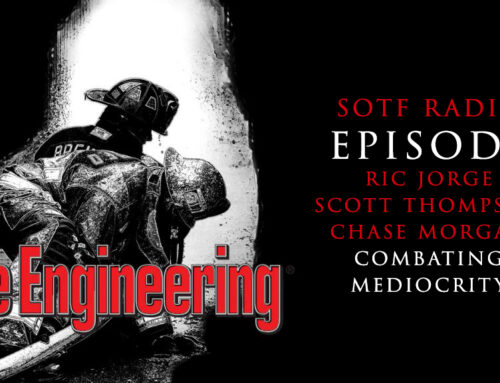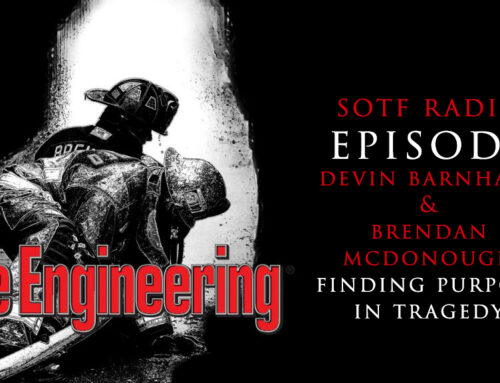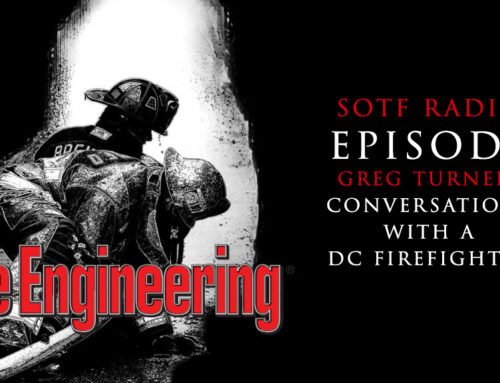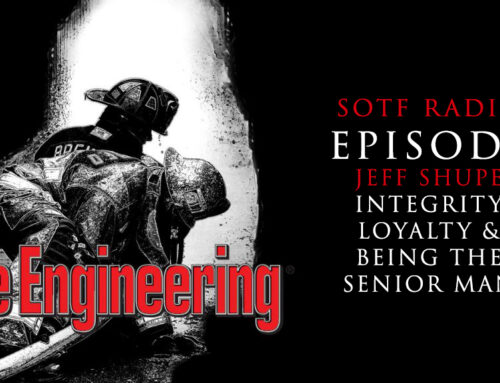Paediatric burns are life-threatening injuries due to the acute injury and secondary complications. In acute phase burns, hypovolaemia and vasoconstriction cause renal impairment. Sepsis and multi-organ failure compound the problem resulting in morbidity and mortality. This paper outlines 5 years’ experience using haemofiltration in major paediatric burns, and a review of the current literature.Retrospective patient data collection was undertaken identifying relevant paediatric burns undergoing Continuous Veno-Venous Haemofiltration. Data were analysed to identify demographics, indication, duration of therapy, and outcomes. A systematic review was also performed using PRISMA principles. PubMed, Science Direct and OVID databases were explored and relevant papers were included.From January 2015-December 2019, haemofiltration was utilised in 5 cases. Age range 3-15 years (mean: 12), 4 males / 1 female, mean weight 56kg (12-125kg). TBSA 21-61% (mean: 37.6%), mechanism of injury was scald-60%, flame-40%. Overall survival was 100%. 3 patients were filtered for a brief period during the first 24 hours to correct metabolic acidosis and control temperature. 2 patients required prolonged therapy. All patients recovered without further long term renal support. A total of 3814 papers were identified for systematic review. 3 were considered relevant for inclusion.This paper reflects the benefits of haemofiltration in the management of severe paediatric burns. Renal replacement therapy is useful in managing metabolic acidosis, temperature control and renal failure. The current literature supports judicious use on a patient-by-patient basis. Given the lack of evidence in the literature, further studies are required to establish guidelines for the use of haemofiltration in paediatric burns.




